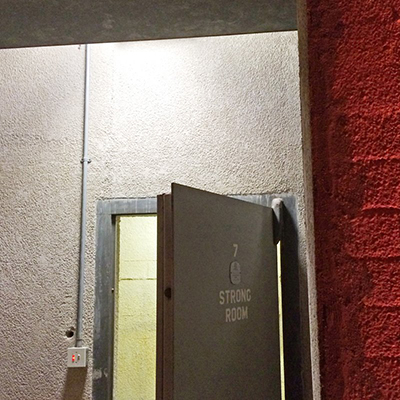
Strong Room, Bervie Brow Research Station, Scotland
The WML INSTIGATOR OBJECTS have been selected from among a group of items originally identified by Jane Wildgoose and "quarantined" to the Strong Room at Bervie Brow Research Station & Reserve in Scotland, when she was exploring ways of taking her work reflecting on the nature of collecting, collections and their legacies from the real world into the digital realm during an artist's residency in the Digital Lab at King's College London.
Incorporating natural history specimens and finely wrought artefacts made from natural materials, from around the world, the WML INSTIGATOR OBJECTS embody a range of species that were harvested in great quantities for public museums and private collections in the past, which are now declining or endangered today - including
IVORY: now subject to the UK Ivory Act (2018)
which prevents buying, selling or hiring out items containing ivory from elephants, hippopotamuses, killer whales, narwhals or sperm whales, unless certified as being a pre-1918 item of outstandingly high artistic, cultural or historical value - a situation that has presented challenges of identification for museums
CORAL: of which over 40% of species were identified as facing extinction in 2024 according to the
International Union for Conservation of Nature (IUCN)
TAXDERMIED ANIMALS & BIRDS, including a trio of 19th-century taxidermied hawksbill turtles: a species that was historically hunted almost to extinction, especially for trade in tortoiseshell items on the international market, and now has protected status under the Convention on International Trade of Endangered Species (CITES) which forbids trading in turtle products.
|

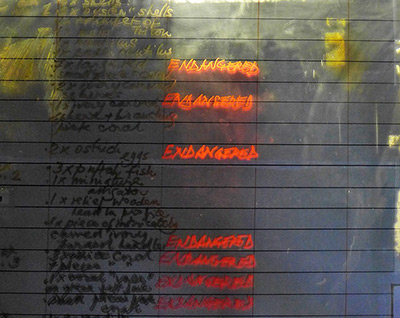
Photo: Jane Wildgoose, Endangered (Strong Room, Bervie Brow Research Station & Reserve, 2024), handwritten inventory of quarantined WML items documenting their threatened status
The Seeing Truth in Museums INSTIGATOR OBJECTS are presented here (below) in a visual essay without provenance, other than a note of how each item came into the WML collection, or individual explanatory texts.
They are instead accompanied by prints of some of the historical collections that inspired Jane Wildgoose's aesthetic when she first began formalising The Wildgoose Memorial Library:
- a 16th-century apothecary's collection in Naples
- the cabinets of a wealthy Dutch textile merchant and a Parisian aristocrat from the 18th century
- a prolific taxidermist's collection from the north of England, and natural history galleries at the British Museum in London, from the 19th century
with a view to inviting reflection on the origins, purpose and scale of acquisitions for collections in the past, and the continuing role of museums today.
Jane Wildgoose says:
"When I first began to formalise The Wildgoose Memorial Library (WML) collection, over 25 years ago, I was inspired and completely seduced by historical prints of cabinets of curiosities.
At that time the specimens and artefacts I collected, in emulation of the cabinets of curiosities of the past, were readily and legitimately available in junk shops and antique markets, and as donations (sometimes inherited from family members) from friends and visitors to the WML.
But like so many museum-goers of my generation, I was completely ignorant of the histories of how the material that inspired me was collected, and the sheer scale on which collecting took place in the past.
The more I've researched into the history of collecting, and the background of colonial violence and extraction against which so many acquisitions were made, the more I've come to question the role of museums, and the part that the WML collection may play in reflecting on a historical legacy, and prevailing power structures relating to the making and communication of knowledge, which continue to impact on the lives of people around the world today.*"
* See Janice Ross, These Are Our Living Stories with Afterword by Jane Wildgoose (London: Negative Press, Wildgoose Memorial Library Pamphlet No. 3, 2025) published to accompany Seeing Truth in Museums.
|

SELECTED INSTIGATOR OBJECTS FROM THE WML COLLECTION: a visual essay
|
|
|

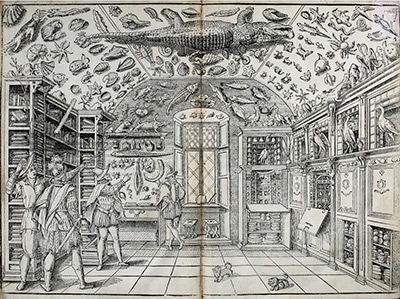
Cabinet of Ferrante Imperato, apothecary, Naples (1599)
|

WML INSTIGATOR OBJECTS
|

1. 19th-century taxidermied alligator found in a junk shop in Liverpool
|
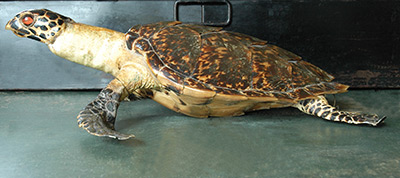
|

2. Three 19th-century taxidermied hawksbill turtles donated by a visitor to the WML

|
|

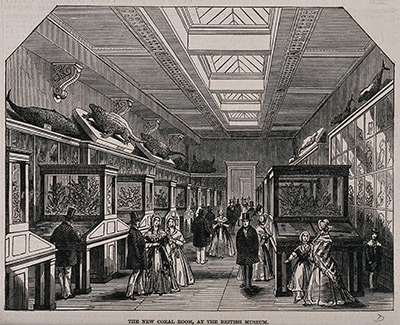
Coral Room, British Museum, London (1847)

|
WML INSTIGATOR OBJECTS
|
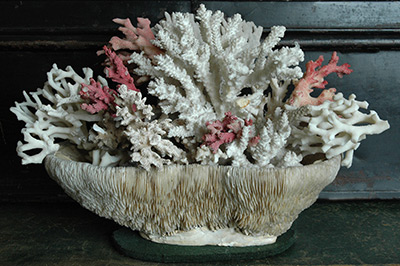
3. Coral vase found in a London street market, containing red and white coral donated by visitors to the WML
|
|
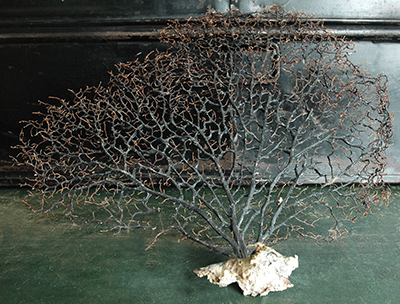
4. Fan coral found in a London street market
|


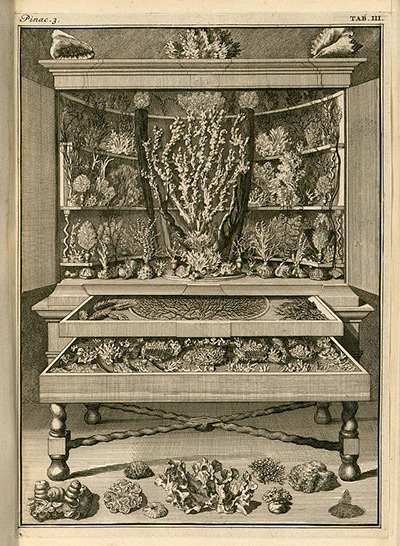

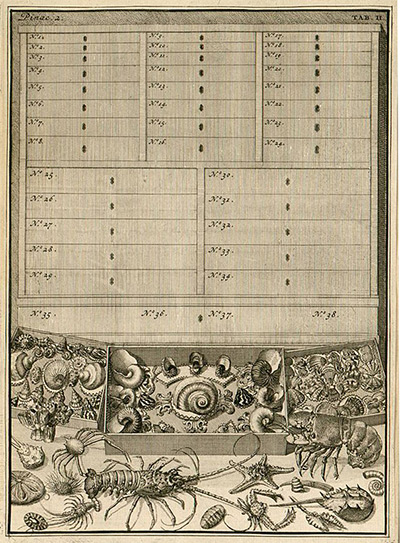
Collection of Levinus Vincent, textile merchant, Amsterdam (1715-1719)

WML INSTIGATOR OBJECTS
|
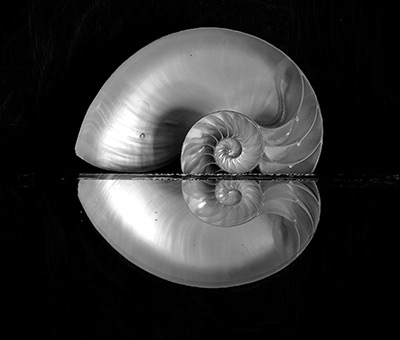
5. Bisected nautilus shell (inherited from a private collection), donated by a visitor to the WML

|
|

|
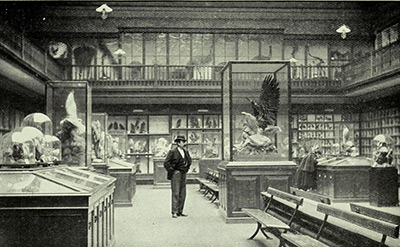
Bird Room, Hancock Museum, Newcastle upon Tyne (1907)
|
|

WML INSTIGATOR OBJECTS
|
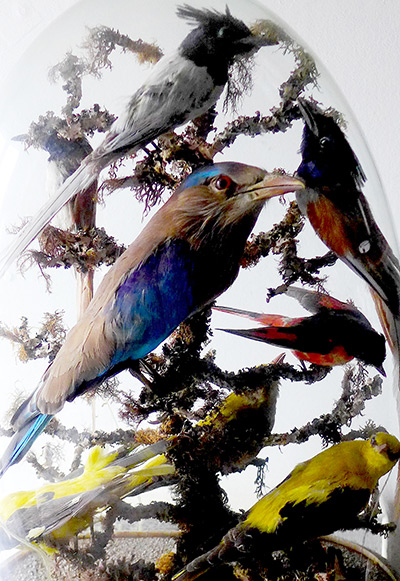
6. 19th-century glass dome containing taxidermied birds, donated by a visitor to the WML
|
|

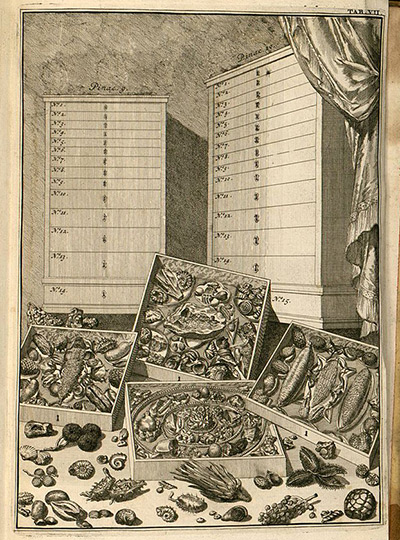
|
|

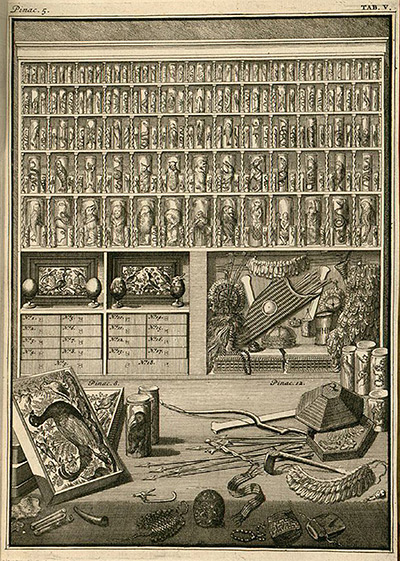
Collection of Levinus Vincent, textile merchant, Amsterdam (1715-1719)

WML INSTIGATOR OBJECTS
|
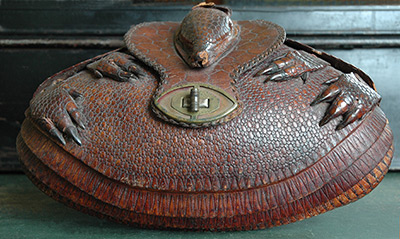
7. Armadillo handbag found in Chelsea flea market, New York City
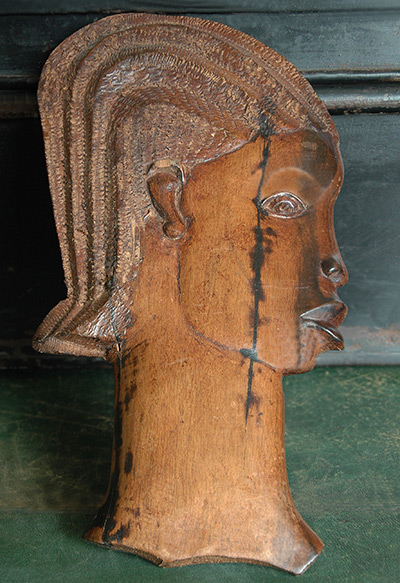
8. Carved wooden head (possibly inherited) donated by a family friend

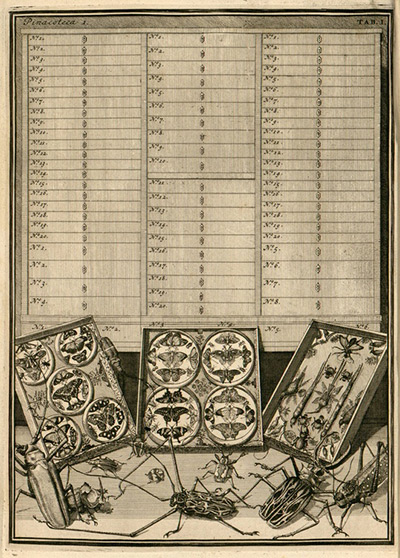
Collection of Levinus Vincent, textile merchant, Amsterdam (1715-1719)

WML INSTIGATOR OBJECTS
|
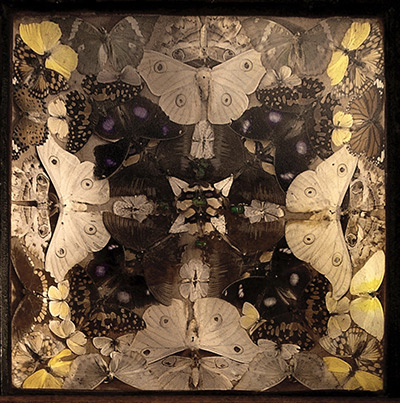
9. 19th-century box of Lepidoptera found in an antique shop in Matlock Bath

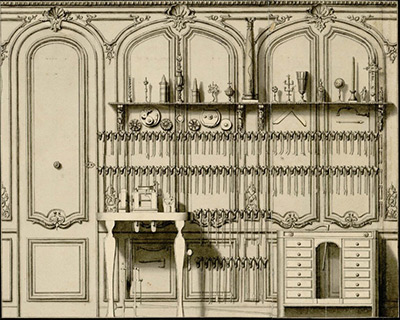
Lathe-turned items in ivory & wood (top shelf) and tools for making them; collection of Baron Joseph Bonnier de la Mosson, Paris (1740)

WML INSTIGATOR OBJECTS
|
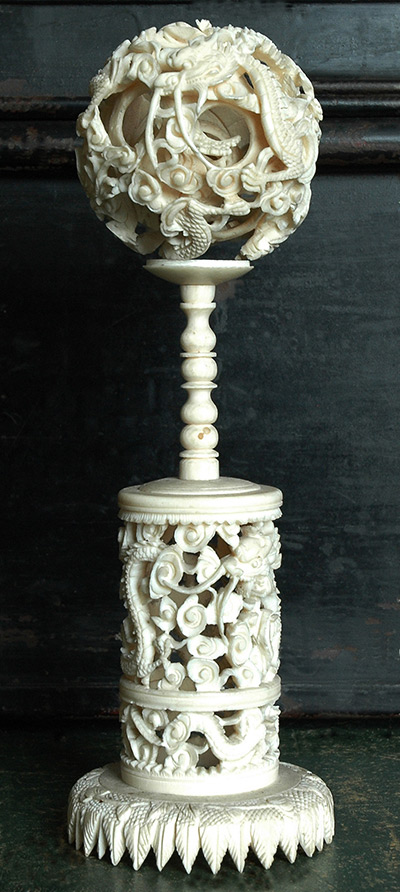
10. Turned & carved ivory artefact (inherited from a private collection), donated by a visitor to the WML
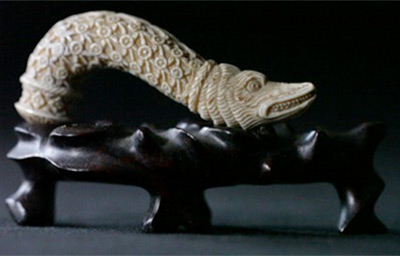
11. Part of carved ivory parasol handle, donated by a visitor to the WML

|
|
|
|

Also see:
|
Copyright Jane Wildgoose and The Wildgoose Memorial Library |
| | | | | | | | | | | | | | | | | | | | | | | | | | | | | | | | | | | | | | | | | | | | | | |